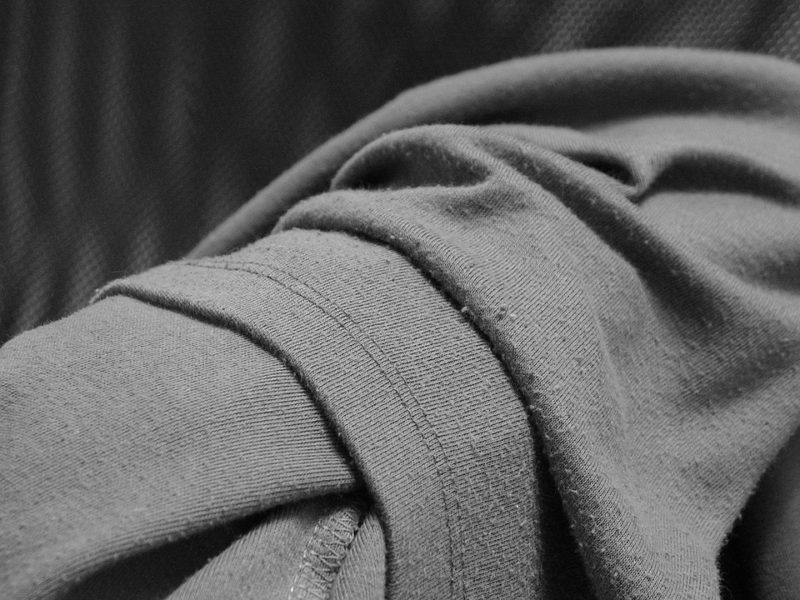We will teach you how to remove lint from blanket using the best three techniques. You’ll also know why your blanket has so much lint and what practices you can do to avoid it. But to give you a quick spoiler, washing multiple blankets of different materials is likely the culprit.
For example, do you know how to wash Sherpa blanket correctly? If you know what kind of material it is, you should easily understand the best care practices for it.

How To Remove Lint From Blanket: Three Best Methods To Try
- Comb the blanket to collect lint balls or use a shaver lightly to remove the lint on the surface
- If there are residual lint left, you can use adhesives like tapes and lint roller to pick them up
- Keep a vacuum nearby so you can easily clean up the loose lint on the floor
- You can also start with the adhesives, followed by the comb or shaver methods
Method #1. Use adhesives
Using masking tape to remove lint on the blanket is self-explanatory. You place the sticky side on the surface to pick up the lint. It’s especially effective for lint balls and bigger chunks.
As for the lint roller, the method is the same because it’s a roll of adhesive. You can remove each layer once the current one no longer picks up lint. This remover is also effective for threads and hair on the blanket.
Method #2. Comb the blanket
The second and third methods on lint removal are the actual hacks. For method number two, use a fine-toothed comb to remove lint balls. It’s especially favorable if you want to remove lint on your fleece blanket.
Place the blanket on a flat surface and comb its whole length, starting at one corner. You should quickly find the lint on the comb with each stroke. This method may take longer, but it’s more efficient than using adhesives.
Method #3. Shave the blanket
The final hack is using a razor or fabric shaver, and it’s an excellent way to remove lint from micro fleece blankets. You can even use a sharp knife to remove lint on the blanket. Similar to method number two, place the blanket on a flat surface.
However, be careful in working the surface so you don’t cut the material with too much pressure. A helpful tip is to work in sections across the blanket. This way, you can target the pills much better.
Why Does My Blanket Have So Much Lint?
The reason why your blanket has so much lint is that you probably washed it with other materials. It would be best if you never washed lint shedders with lint attractors to prevent excessive lint. Cotton is an example of a lint shedder, while synthetic materials, knitted items, and linens attract lint.
The blanket is also prone to shedding lint if you use fabric softeners and dryer sheets. And speaking of the dryer, you must only dry some blankets like microfleece on the clothesline. If you can use the dryer for your blanket, be sure to add some tennis balls inside to help knock off loose lint.
What is lint?
To help you understand how to remove it, you must know first what is lint. It’s essentially loose fibers that can develop after washing or drying your fabric. If your blanket is prone to producing excessive lint, you can also rewash it and add vinegar to the rinsing water.
Some people even recommend adding a lint collector fabric such as microfiber, velvet, or corduroy clothing that you don’t use in the dryer. These fabrics will pick up the lint for you, so you don’t need to address the lint sticking on the dryer. However, remember that this technique is only viable if you don’t mind having an old garment collect the lint.
What is pilling?
Unlike loose lint, fibers that have clumped up and turned into balls are called pilling. Using a shaver and running it gently over the fabric surface should easily remove this fuzzy build-up. But what causes pilling?
Your blanket is more prone to pilling if you didn’t wash or dry it according to the recommended care instructions. Some fabrics of a lower quality are also more prone to pilling. However, you can expect fuzzy materials like flannel, fleece, and wool to tend to pill faster.
How Do You Get Blanket Fuzz Off Sheets?
Do you notice fuzz on your bedsheets? The culprit might be the lint on your blanket that attaches itself to the sheet. It can happen during use or even when you wash and dry the bedding.
- Before you wash your sheets, always check and clean the washing machine’s filter
- Use an adhesive to collect the fuzz on the sheet surface, then wash it afterward
- Use the gentle cycle with cold water and add vinegar to your mild detergent
- Check and clean the dryer lint trap and dry the sheet accordingly
Conclusion
Do you notice loose fibers on your blanket? This article has taught you how to remove lint from blanket using three methods, and you’ll be done in four steps. However, it’s always better to understand what causes lint in the first place.
Always segregate your different blanket materials and follow the tag’s care instructions. But if you notice lint balls and strays, you can always use adhesives, comb, or even shave the surface to pick them up.
